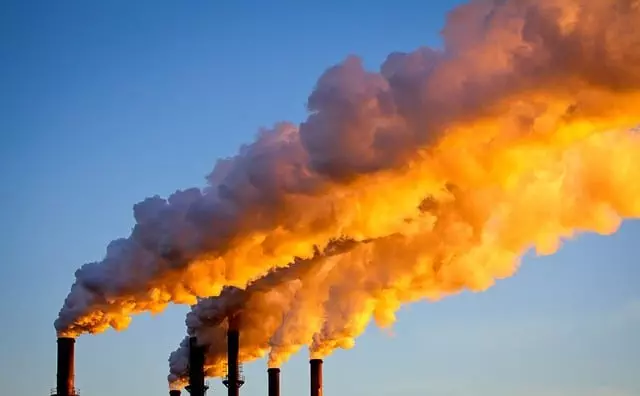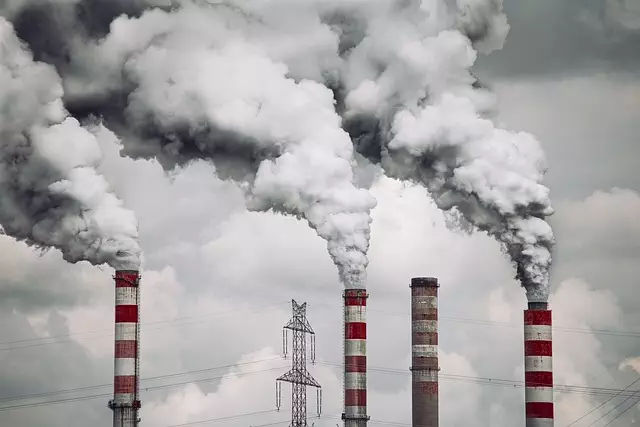Workstation Design: Balancing Industrial Hygiene, Hazard Assessment & Ergonomics
In designing safe and productive workstations, industrial hygiene is paramount. It involves identify…….
In today’s industrial landscape, where complex processes and diverse materials are integral to global production, the field of Industrial Hygiene emerges as a critical component in ensuring worker well-being and environmental sustainability. This comprehensive article aims to explore the multifaceted world of Industrial Hygiene, delving into its historical roots, core principles, global impact, economic implications, technological innovations, policy frameworks, challenges, and future prospects. By the end, readers will gain an insightful understanding of why Industrial Hygiene is not just a niche concern but a vital pillar in the modern industrial sector.
Definition: Industrial Hygiene, at its core, is the scientific discipline focused on recognizing, evaluating, and controlling hazards associated with workplace environments, with the ultimate goal of protecting workers’ health and safety. It involves the systematic study of various elements in industrial settings to ensure optimal working conditions.
Key Components:
Historical Context: The roots of Industrial Hygiene can be traced back to the industrial revolution when rapid urbanization and factory systems led to a surge in work-related illnesses. In the late 19th and early 20th centuries, pioneering industrial hygienists began documenting and addressing the detrimental effects of workplace hazards. Over time, advancements in science and technology have refined the field, incorporating more sophisticated monitoring tools, risk assessment models, and control measures.
The influence of Industrial Hygiene is felt worldwide, with each region adopting and adapting practices to suit local contexts and challenges.
| Region | Key Trends and Impacts |
|---|---|
| North America | Strict regulations, such as the Occupational Safety and Health Administration (OSHA) standards in the US, have driven robust industrial hygiene practices. Recent trends include a focus on silicose risk management and ergonomic improvements in manufacturing. |
| Europe | The European Agency for Safety and Health at Work sets guidelines, emphasizing prevention and worker participation. Regions like Germany are known for their comprehensive occupational health programs, while others face challenges with enforcement. |
| Asia-Pacific | Rapid industrialization presents unique challenges, with countries like China implementing stricter safety standards. Japan’s long-standing emphasis on Kaizen (continuous improvement) influences hygiene practices across the region. |
| Middle East and Africa | In these regions, with their abundant natural resources, focus is often on mitigating health risks associated with dust and chemical exposure in mining and construction sectors. Capacity building and awareness programs are crucial. |
| Latin America | The diversity of industrial sectors requires tailored approaches. Brazil, for instance, has made significant strides in occupational health surveillance, while Mexico faces challenges related to maquiladora (assembly plant) operations. |
Industrial Hygiene plays a pivotal role in shaping economic systems, with significant implications for businesses and governments alike.
Technology has been a game-changer in the field, enhancing capabilities for hazard identification, risk assessment, and control.
National and international policies form the backbone of industrial hygiene practices, providing guidelines and standards that ensure safe workplaces.
Despite significant strides, the field faces several challenges that hinder progress towards safer work environments.
Looking ahead, the field of Industrial Hygiene is poised for continued growth and evolution, driven by emerging trends and technological innovations.
Industrial Hygiene is not merely a niche concern but a critical component of modern industry, shaping working conditions worldwide. By identifying, evaluating, and controlling workplace hazards, it protects workers’ health, enhances productivity, and contributes to sustainable economic growth. As the field continues to evolve, addressing challenges and embracing new technologies will be essential to ensure safe, healthy, and productive work environments globally.

In designing safe and productive workstations, industrial hygiene is paramount. It involves identify…….

Administrative controls are vital for ensuring worker safety in industries, involving a systematic p…….

Industrial hygiene is an essential practice in the textile manufacturing sector, focusing on identif…….

Industrial hygiene is a vital strategy for preventing upper extremity disorders in the workplace by…….

Hazard recognition and assessment, a cornerstone of industrial hygiene, involves identifying and eva…….

Ergonomic Risk Assessment is a systematic process that identifies and mitigates workplace hazards re…….

Administrative controls, led by hazard recognition and assessment and exposure monitoring, are vital…….

Chemical inventory systems are vital for industrial hygiene, systematically tracking hazardous subst…….

Job rotation strategies, driven by industrial hygiene practices, are essential for managing occupati…….